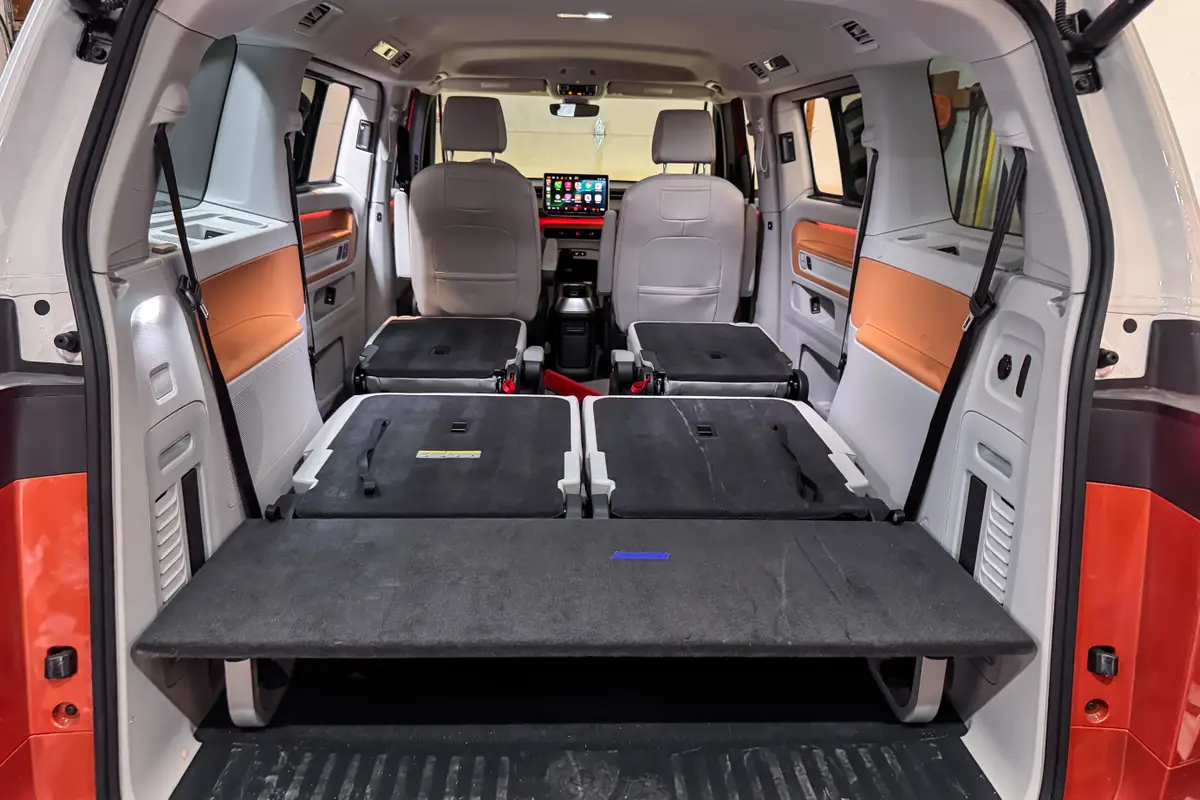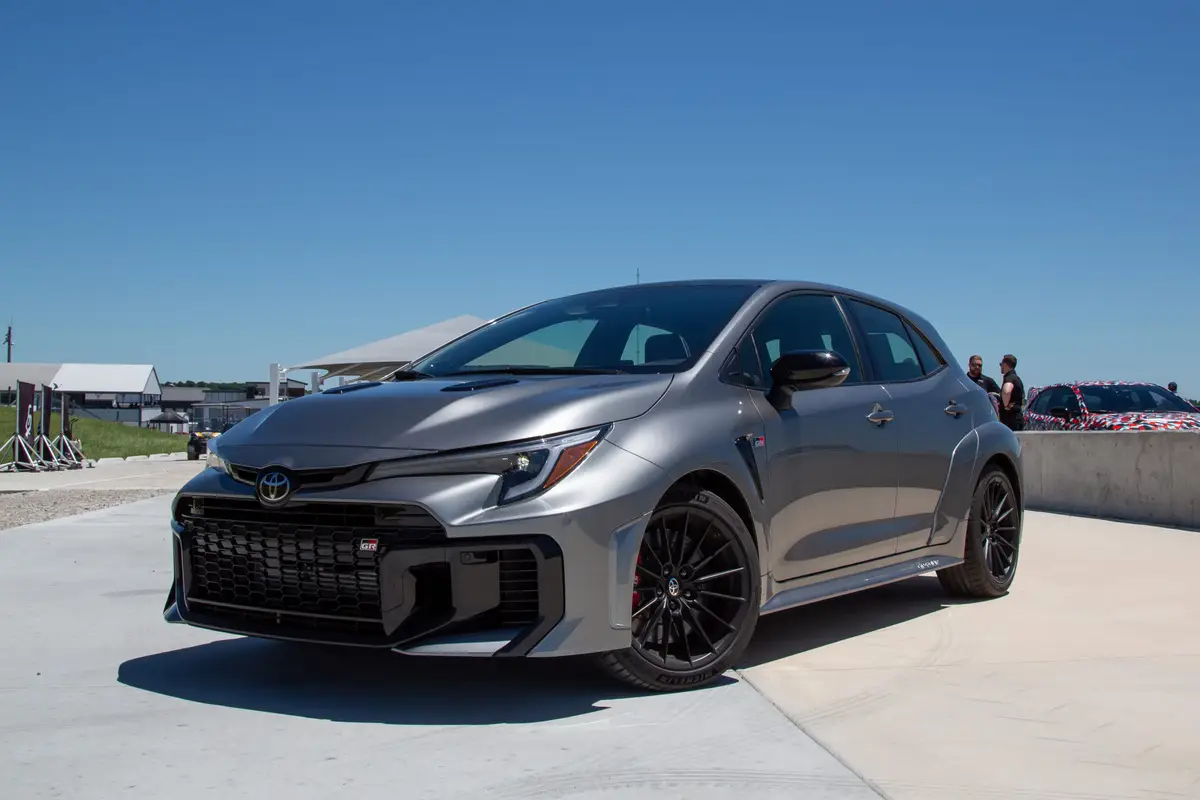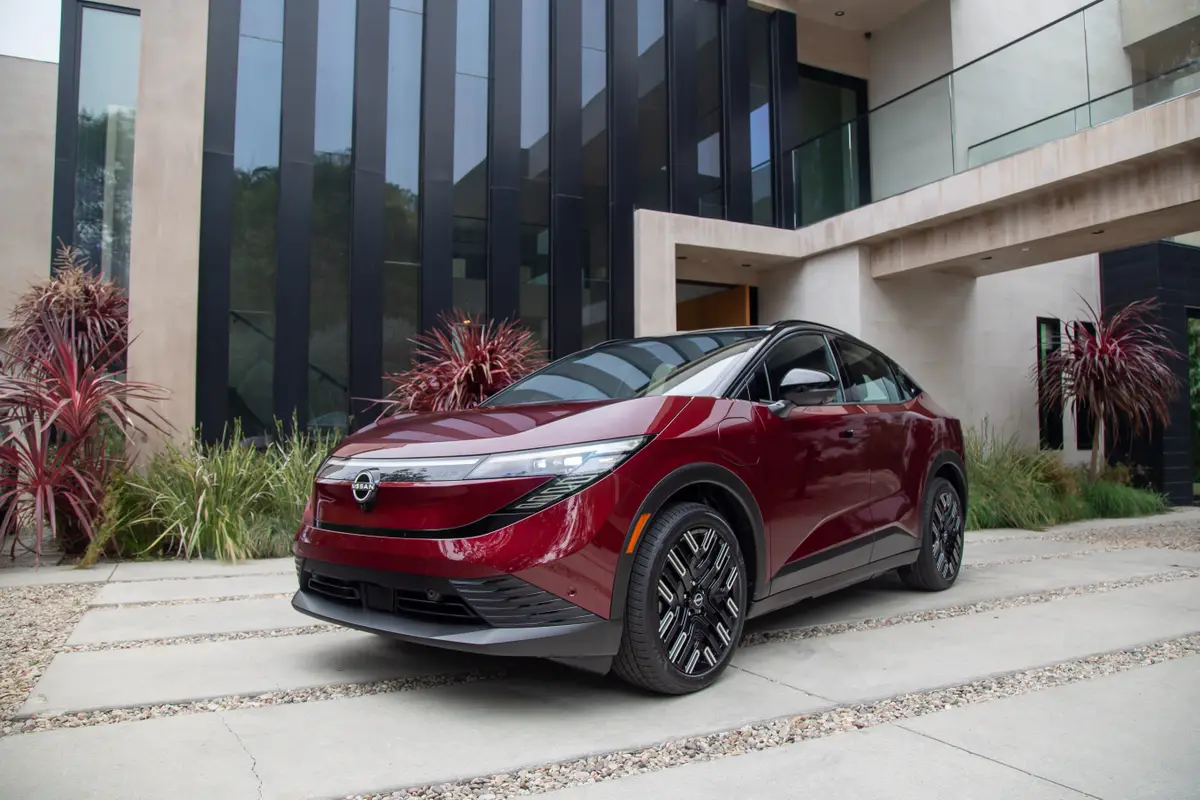2016 Toyota Prius: First Drive

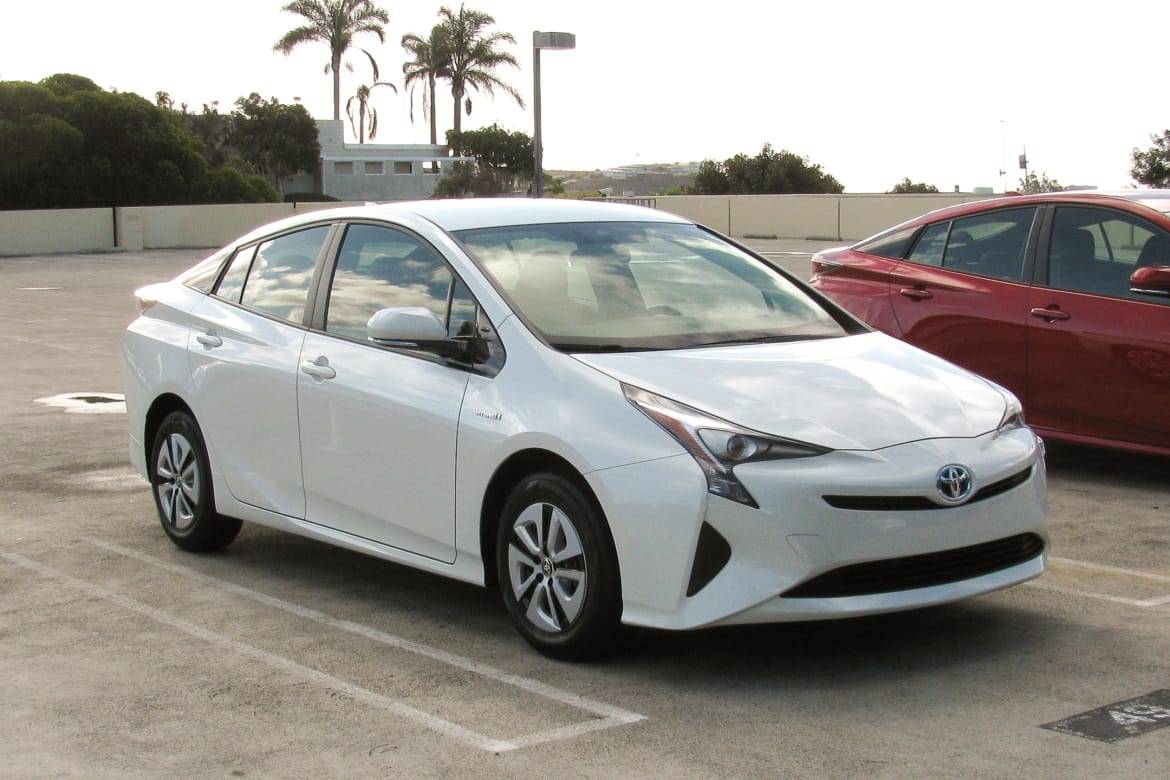
Toyota has redesigned its flagship hybrid, the Prius, for 2016, and the result is an improved car, particularly in the areas of interior looks and driving performance. It’s still a Prius, not an enthusiast’s car, but it’s the first Prius that’s aimed at — and could actually attract — people who care about more than just getting the highest mileage.
Related: 2016 Toyota Prius: First Look
I drove several different trim levels of the new Prius around the hills of Southern California, with a mix of streets, plus a small track to test the vehicle’s dynamics.
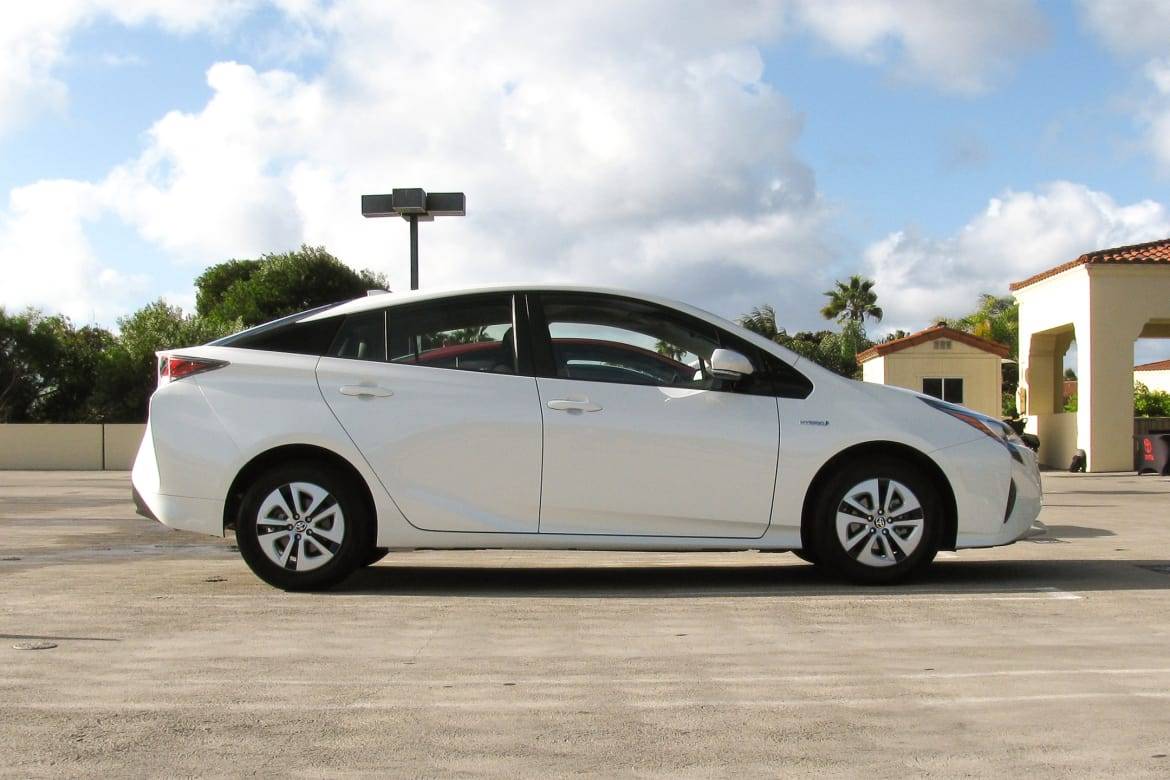
How It Drives
The new Prius has a stiffer chassis, lower center of gravity and new suspension tuning that results in the Prius being the best-handling version of the car to date. The Prius is not a car aimed at driving enthusiasts or those looking to go racing, but the car responded quickly and predictably in the track test.
I was able to test the new version back-to-back with a previous-generation model. The outgoing car felt sloppy, as if it were riding on underinflated tires, and displayed a lot of body lean. The new Prius responds quicker, feels more composed and had less lean. The improvement is definite.
When it comes to power, though, the results aren’t as impressive. Toyota says it’s worked on the drivetrain so there’s more immediate response from zero to 30 mph, and then from 30 to 60 mph; the power difference between the old and the new is similar. Also, Toyota said that new testing procedures in the U.S. mean that the new model, on paper, actually has lower horsepower — 121 hp down from 134 hp — but that “in the real world” the performance should be better because of the work it has done.
I’d say that while I did notice more grunt pulling away from the line, the Prius remains modestly powered. It’s not obnoxiously slow, but once the initial grunt wears off, the Prius’ gas engine makes a steady drone but doesn’t rocket forward. It’s particularly noticeable on the highway when you’re passing.
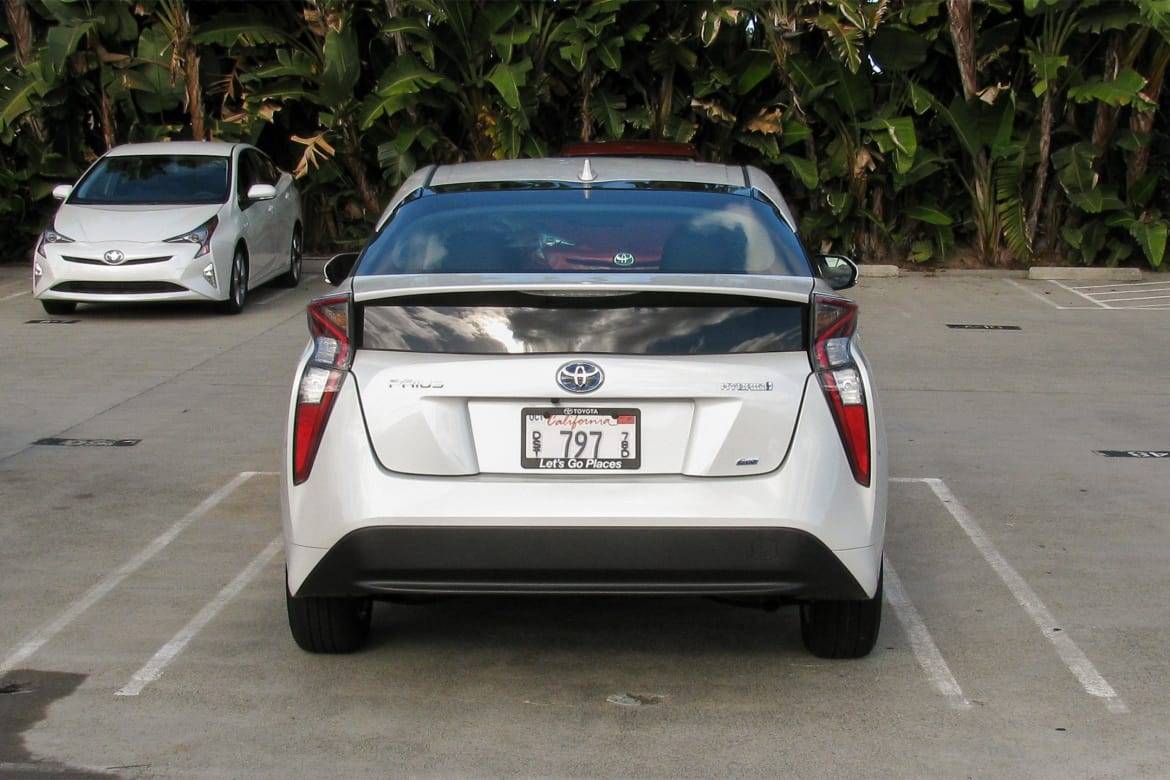
Eco-Friendly Chops
For many Prius buyers, though, handling and acceleration take a backseat to how well the car performs in another area: mileage. Unfortunately, the new version has not yet been tested by the EPA, but Toyota estimates mileage to be 54/50/52 mpg city/highway/combined for the standard models and 58/53/56 mpg for the Eco trim. If these numbers bear out, it will represent an improvement of 2 to 6 mpg versus the 2015 model’s EPA-estimated 51/48/50 mpg.
The reasons for the improvement range from a new, more efficient transmission to a retuned engine with less internal friction to active grille shutters for improved aerodynamics at higher speeds.
In addition, most 2016 Prius trim levels will get lithium-ion batteries, which are lighter and have greater energy density than the nickel-metal-hydride batteries of previous generations. Now, only the Prius Two will soldier on with the older battery technology, and even that’s only in the non-Eco, because Eco trims also get the lithium-ion batteries.
Finally, the exterior was reworked both on top and below to help achieve a slightly lower coefficient of drag. Up top, the peak that occurs in the roofline is shifted slightly forward, and underneath the car are panels that cover up a lot of the underbody gaps and mechanical pieces that would otherwise “grab” air and make for more friction.
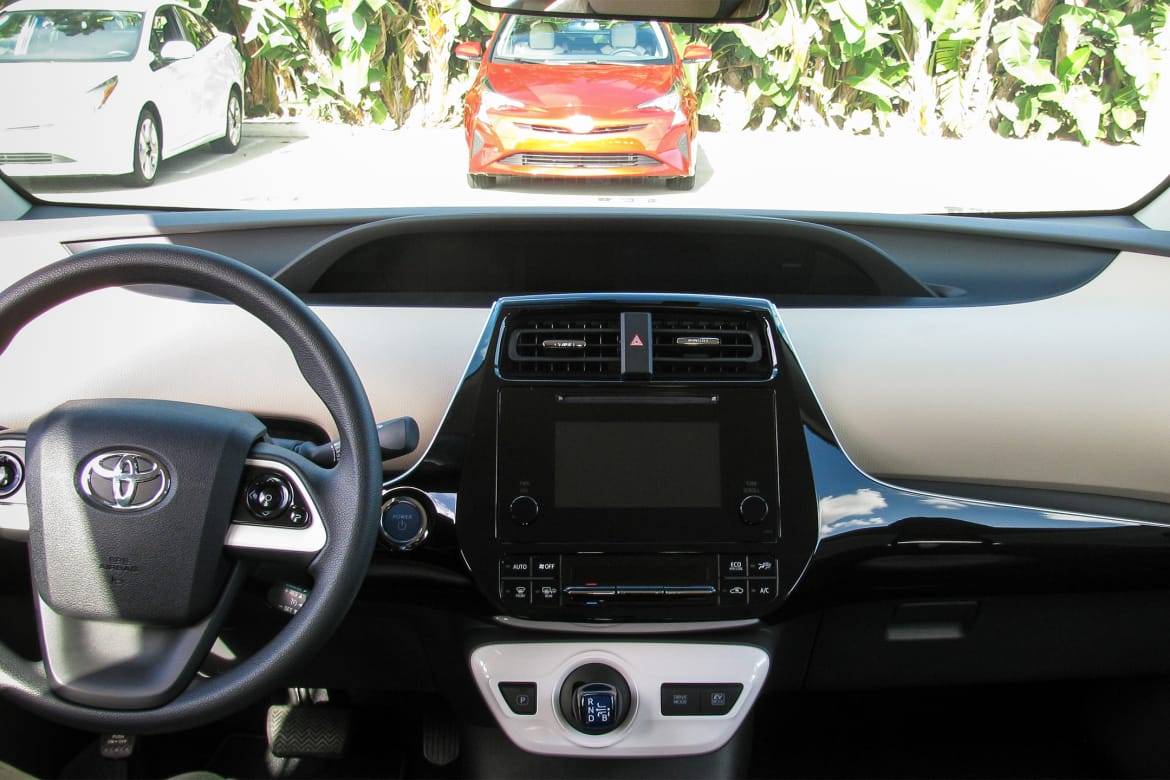
Interior
For my money, though, Toyota has made the greatest improvements in the Prius’ cabin. Simply put, it’s gone from a dull, barren interior with ugly graphics to a car that, for the first time, feels like it could be from the future. It’s impressive.
For starters, there are a lot more shapes and materials used across the cabin, particularly in the dashboard. Instead of staring at a flat piece of plastic as in 2015 models, it has some curves and lines. The doors, too, have a neat scalloping effect around the climate vents. Also, there’s a mix of gloss and matte finishes that makes it more appealing.
Toyota says it worked on the design so that the car feels more open and airy, and I’d say it has succeeded. The large center console that contained a useful cupholder but took up a lot of space is gone. Visibility also is improved as it feels like the dashboard and belt line are lower.
The graphics on the center display are improved for all models. All displays are crisp and look modern now with full-color graphics. It can seem like a small thing, but when a cheap smartphone can display pretty, crisp graphics, why can’t a car?
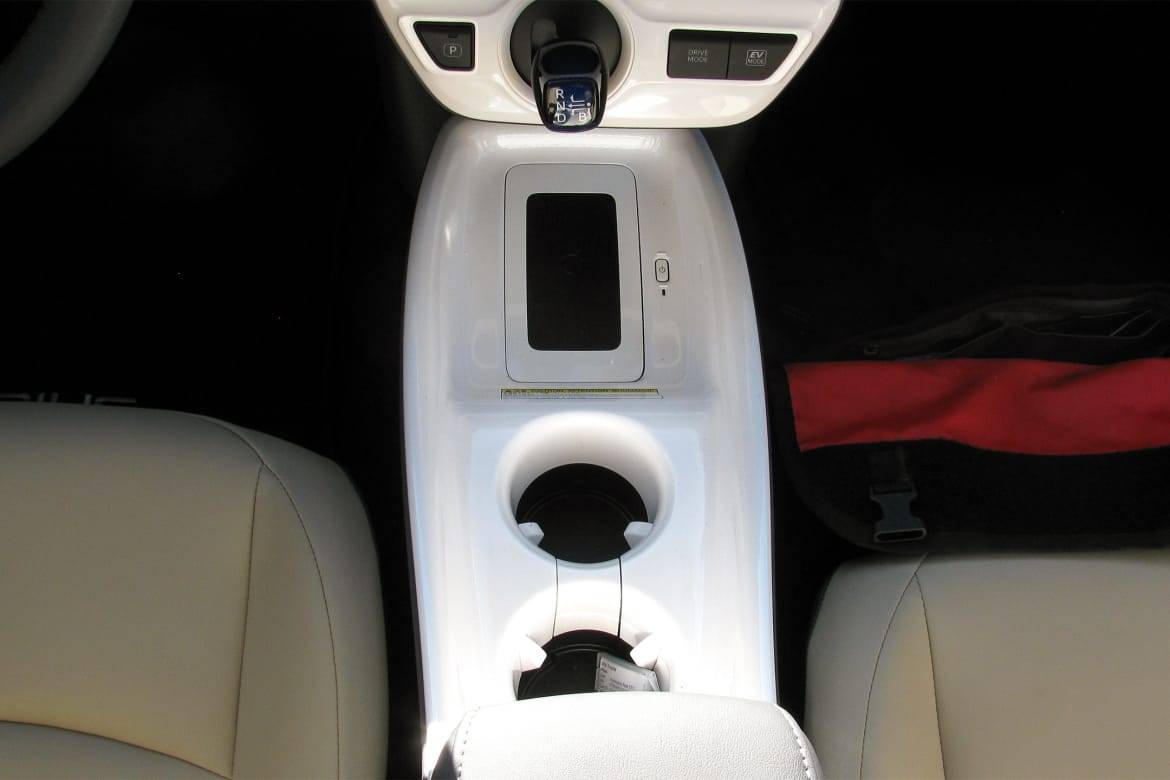
However, there is one thing I really don’t like, and that’s the glossy white plastic trim around the cupholders that’s the only option on upper trim levels. Frankly, it looks like bathroom porcelain to my eyes and managed to grab lot of dirt and debris from other drivers over the course of the day. There is talk of an optional black covering for that trim, but for now, upper trims get the white plastic. Also, the lack of padding on the window sill and the thin padding on the door armrest grew tiresome during my time in the Prius.
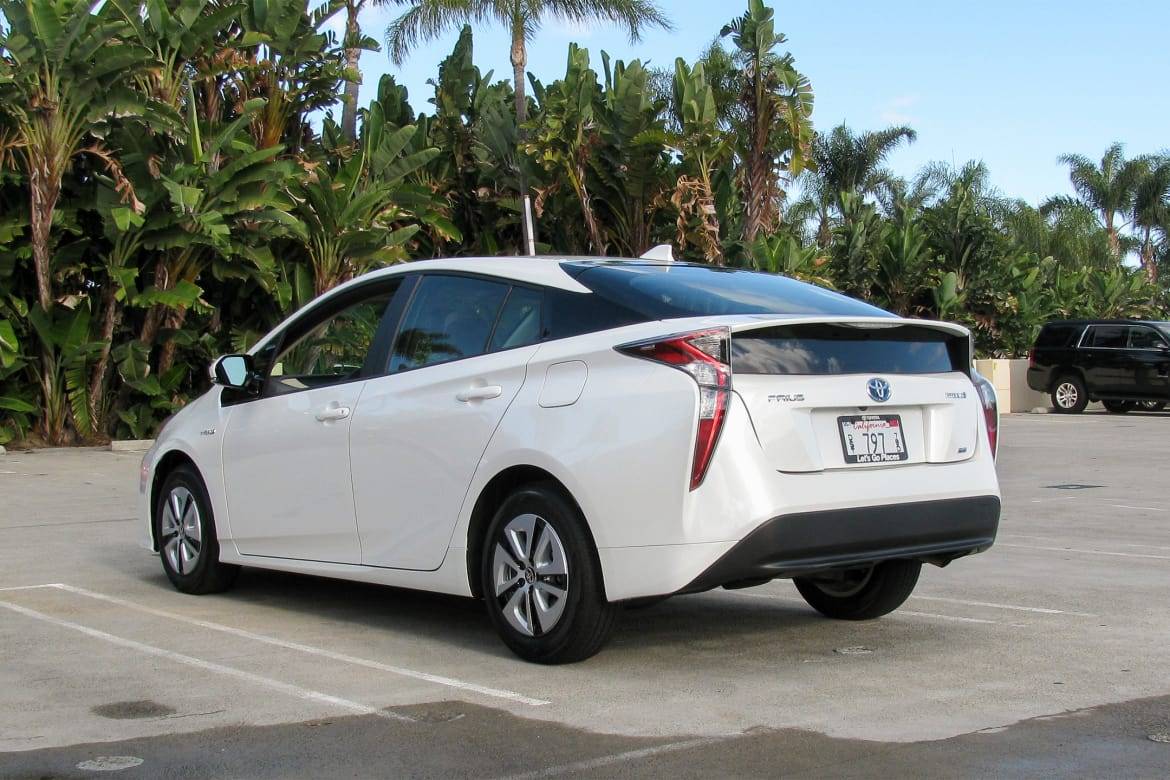
Conclusion
I’ll go more into the Prius’ specs and how it fares against the competition in my upcoming expert review, but to my eyes, the Prius makes its biggest step forward in its history with the 2016 redesign.
The Prius stays true to its mission of being a high-mileage, efficient car that attracts people interested in technology and/or having a lower environmental impact. In earlier versions, Toyota paid less attention to comfort and style.
With the 2016 model, for the first time, the Prius feels like it wants to be a car that people would want to drive just as a car, not a symbol of environmental piety.

Former assistant managing editor Bill Jackson manages the Research section, and he enjoys triathlons and cross-country skiing.
Featured stories
